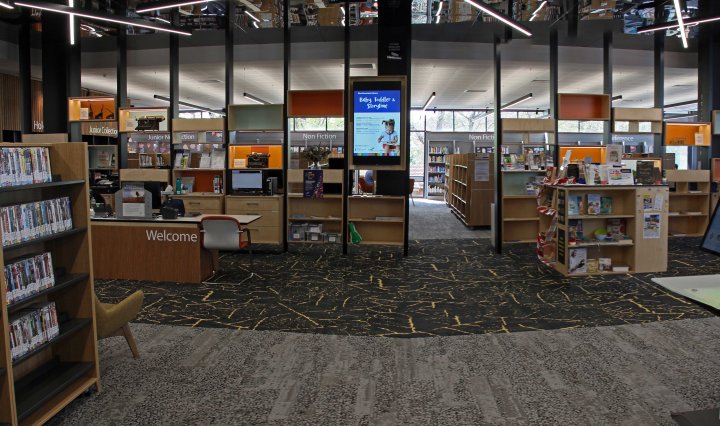
Brief History of the Blue Mountains Library Service
Early History In the late nineteenth and early twentieth century, Schools of Arts and Literary Institutes with small library collections were established in many cities and towns throughout the country. In the Blue Mountains the situation was very similar with small libraries housed in Schools of Arts in Blackheath, Katoomba, Wentworth Falls, Lawson, Springwood and Glenbrook. The facilities, under the oversight of a Council Committee, included a community hall, circulating library, newspaper reading room, card room and billiard room. The staff were usually women with some clerical or teaching experience, who worked for low wages and few benefits. Training … Continue reading Brief History of the Blue Mountains Library Service

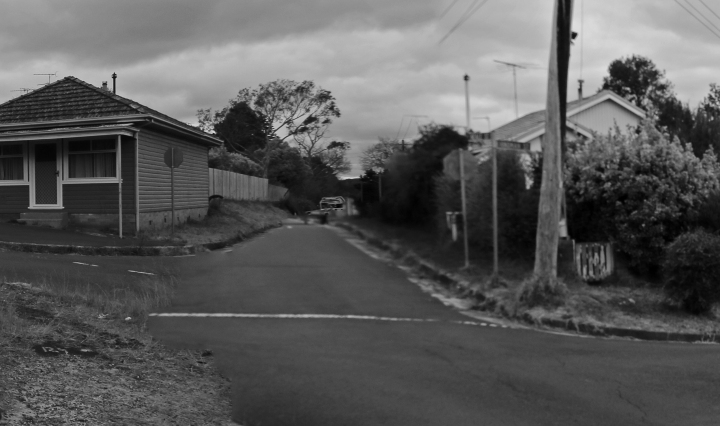
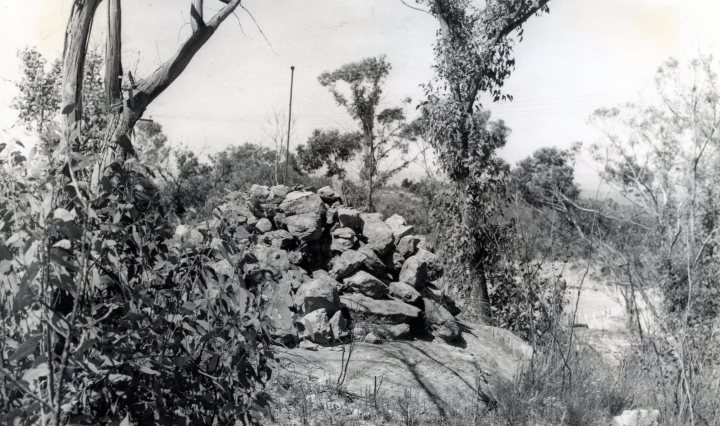
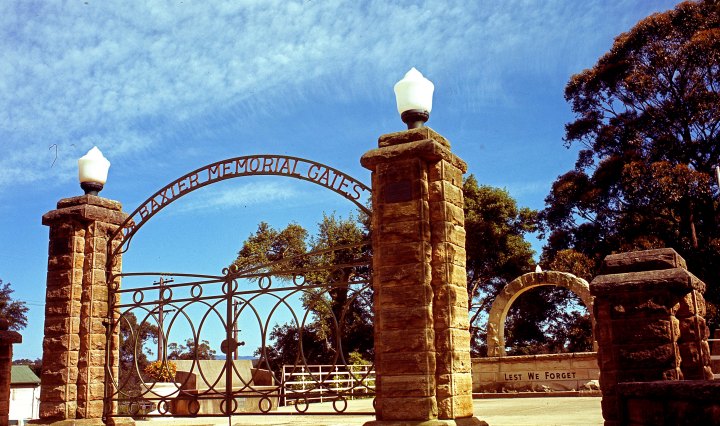
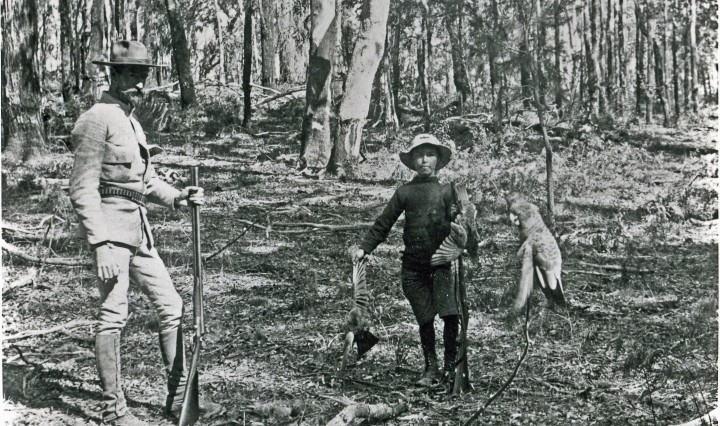
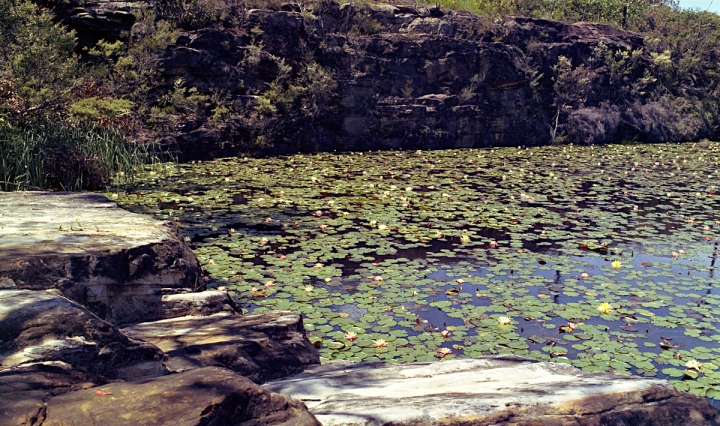
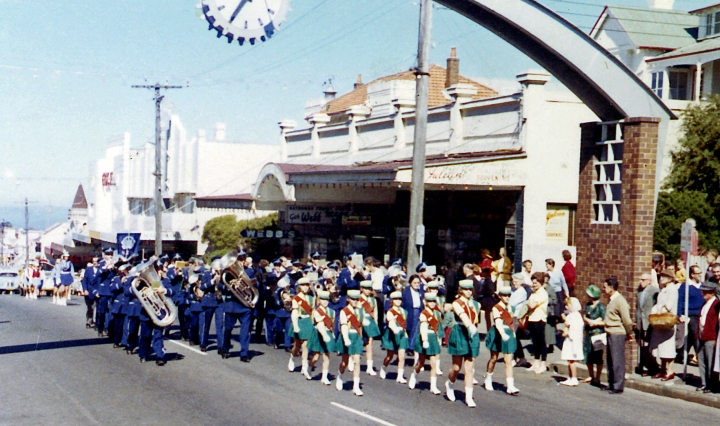
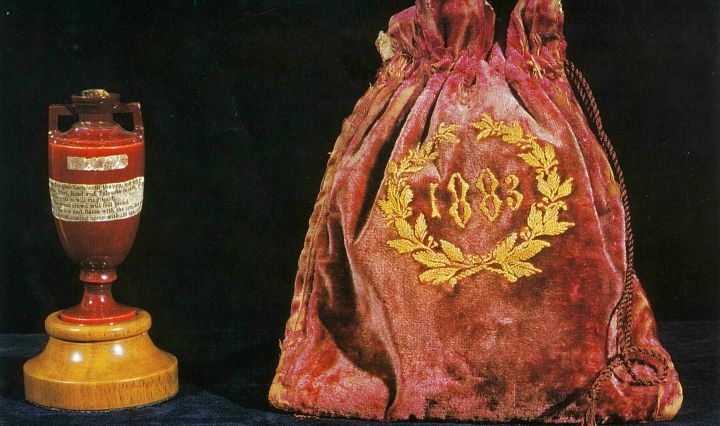

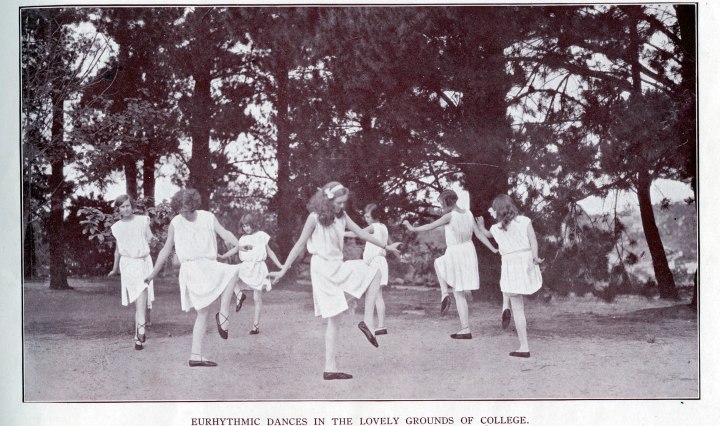
You must be logged in to post a comment.